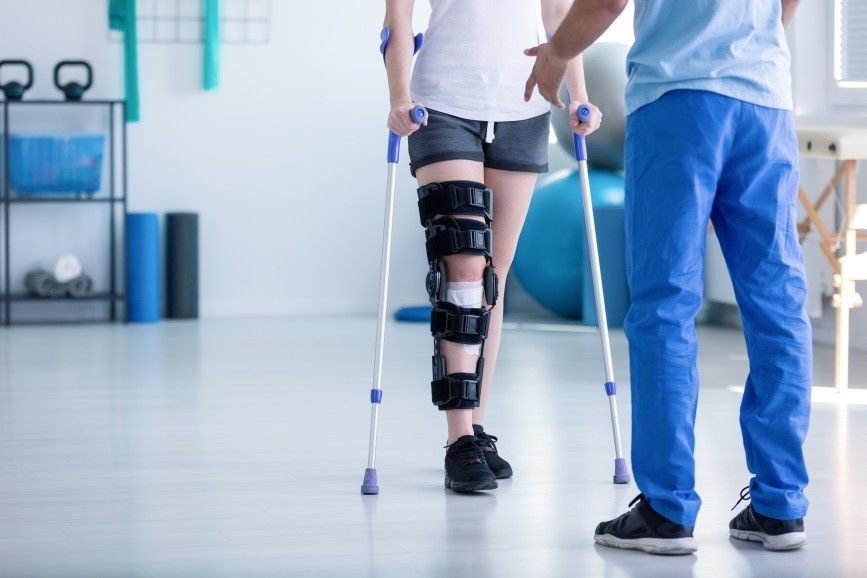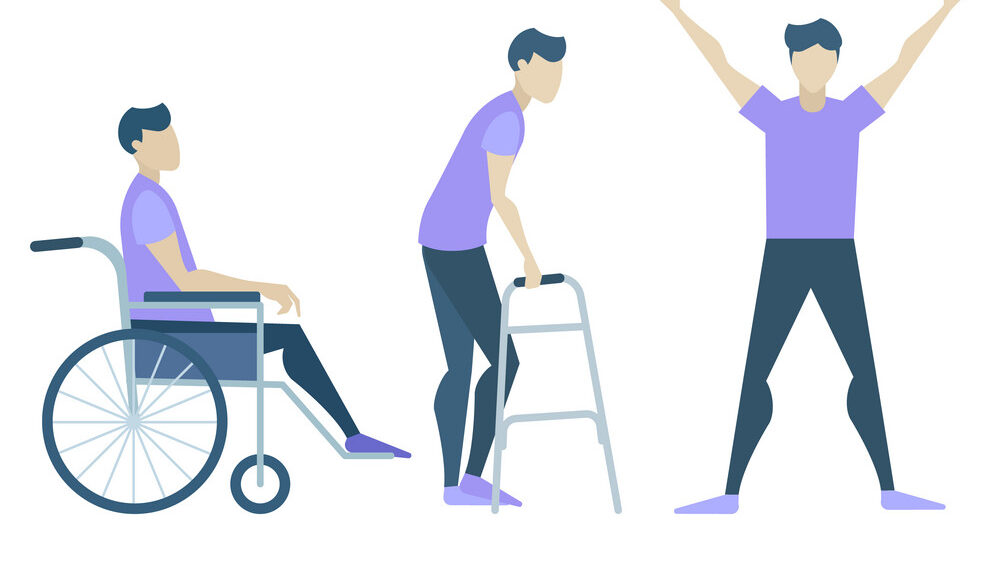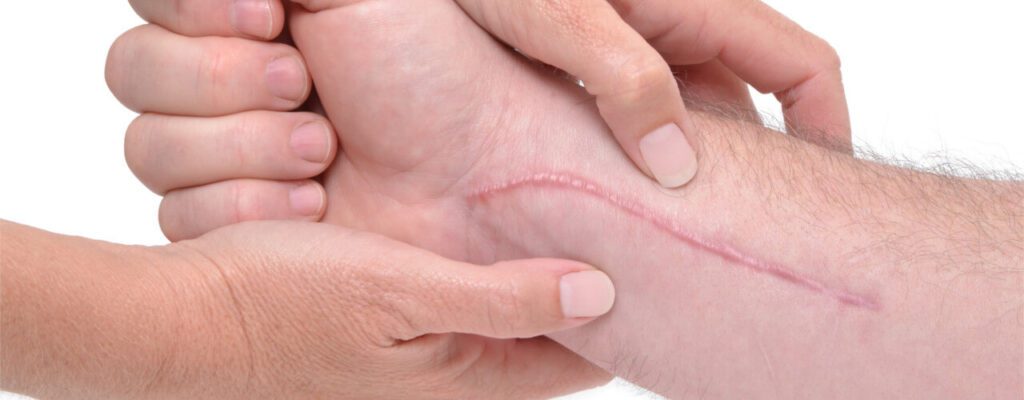The Role of Physical Therapy: Surgery becomes a final option for persistent issues such as joint pain. While it aims to provide permanent relief, post-op rehabilitation, often incorporating physical therapy, plays a crucial role in restoring mobility and enhancing quality of life. Explore more about this vital link in our blog, illuminating the essential role of physical therapy in post-surgical recovery.
Understanding Post-Surgical Rehabilitation
Post-surgical rehab is a tailored program aiding recovery after surgery. Customized for each patient, it considers factors like age, health, and pre-existing conditions. Physical therapy aims to boost healing, enhance strength, and improve mobility during the recovery journey.

What Does Physical Therapy Bring about for Orthopedic Rehabilitation Recovery?
Physical therapy is a cornerstone of post-surgical rehabilitation, providing a wide range of advantages for patients on the road to recovery. It can include:
Pain management:
Pain and discomfort is a usual side-effect of surgery, especially in case the surgery is open rather than arthroscopic. Larger incisions results in longer recovery times. Regardless of surgery type, physical therapists can use numerous helpful techniques that will help alleviate pain and enhance patient comfort using holistic methods.

Mobilization and range of motion:
Post-surgery, patients often avoid moving the affected area. However, physical therapists play a vital role in encouraging safe mobilization, reducing risks like blood clots and muscular atrophy. They focus on restoring range of motion through targeted exercises.
Strengthening muscles and improving balance:
Muscle weakness and balance issues sometimes accompany surgery. Physical therapy programs consist of training exercises that gradually reshape muscle strength and assists to restore coordination.
Preventing scar tissue formation:
The scar tissue that shapes within a joint can hinder function and mobility and might even lead to experiencing chronic pain. When using the right regiment of physical therapy and rehabilitation, scar tissue can be mitigated.

Assistive device training:
After surgery, some patients will require to use an assistive device for the sake of mobility and keeping their full weight off the joint that’s in recovery. For patients who need crutches, canes, or walkers post-surgery, physical therapists give training on their proper use to assure safety and mobility. Physical therapy has proven advantageous in helping patients prevent reaggravating their injury.
Personalized treatment plans:
Physical therapists tailor treatment plans to individual needs, ensuring effective and efficient rehabilitation. They adjust plans based on changes in the patient’s condition to provide personalized care.
Patient education:
Physical therapists teach patients related to their conditions, what to expect after a surgical process, and how specific exercises benefit them. This keeps patients and their physical therapists on the same page with their treatment plan.

Support and motivation:
Often patients can lose faith in the process or themselves. Physical therapists give encouragement and guidance to help patients stay committed to their recovery and maintain a positive outlook.
Taking Advantage of the Benefits of Physical Therapy and Rehabilitation
There are multiple benefits of incorporating physical therapy and rehabilitation services into post-surgical rehabilitation in both the short- and long-term, comprising of:
Faster recovery duration
Pain management and reduction
enhanced function, strength, and mobility
Less risk of complications and infections
Physical therapy is an invaluable component of post-surgical rehabilitation that enables patients to regain their independence. In case you or a loved one is preparing for or recovering from surgery, consider the essential role that physical therapy can play in the journey toward better health and well-being. Normally, your orthopedic surgeon or doctor will refer you over to a physical therapist who can take over post-surgery.
At GlyraOrthopedics, we have an entire department of our practice dedicated to physical therapy and rehabilitation. This assures that our patients get the full continuum of care they need after undergoing a surgery.
Know More About The Importance of Orthopaedic Physical Therapy in Rehabilitation
